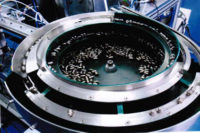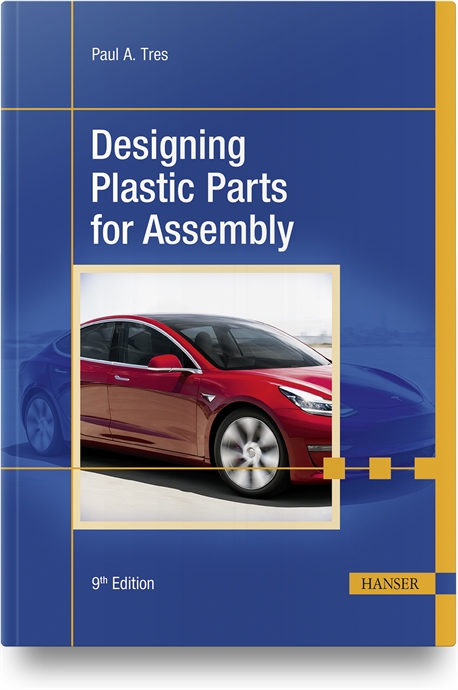Special technology enables multiple bowl feeders to be located close together.

Reactive force compensation technology enables these bowls to run independently despite being located so close together. Photo courtesy Afag America Inc.
The system required three bowl feeders, six tracks and 14 linear feed drives. To avoid isolating the feeders on separate stands, the bowls would need to be located close together on one base plate. Together, they would need to deliver 264 parts per minute. Afag America Inc. accepted the challenge.
The key to the application was Afag’s reactive force compensation technology, which ensures that the bowls run independently and the drives don’t interact with each other. Without compensation, bowls with conventional two-mass drives could not be located so close together. In addition, the interfaces between the bowl track, linear track and track-separation device were absolutely fixed. Rubber buffers were not needed.
To meet clean-room requirements, the feeders have polyamide bowls, stainless steel linear tracks and chromed substructures. The bowls were produced with state-of-the-art machining and computer-aided manufacturing technology, so Afag can reproduce the bowls exactly if required. Presenting the parts quite close to each other required double tracks on each linear feeder at the end of the line. Afag’s KLF linear feeders were able to accommodate the extra tracks.
For more information, call Afag at 724-873-1801 or visitwww.afag-america.com.







